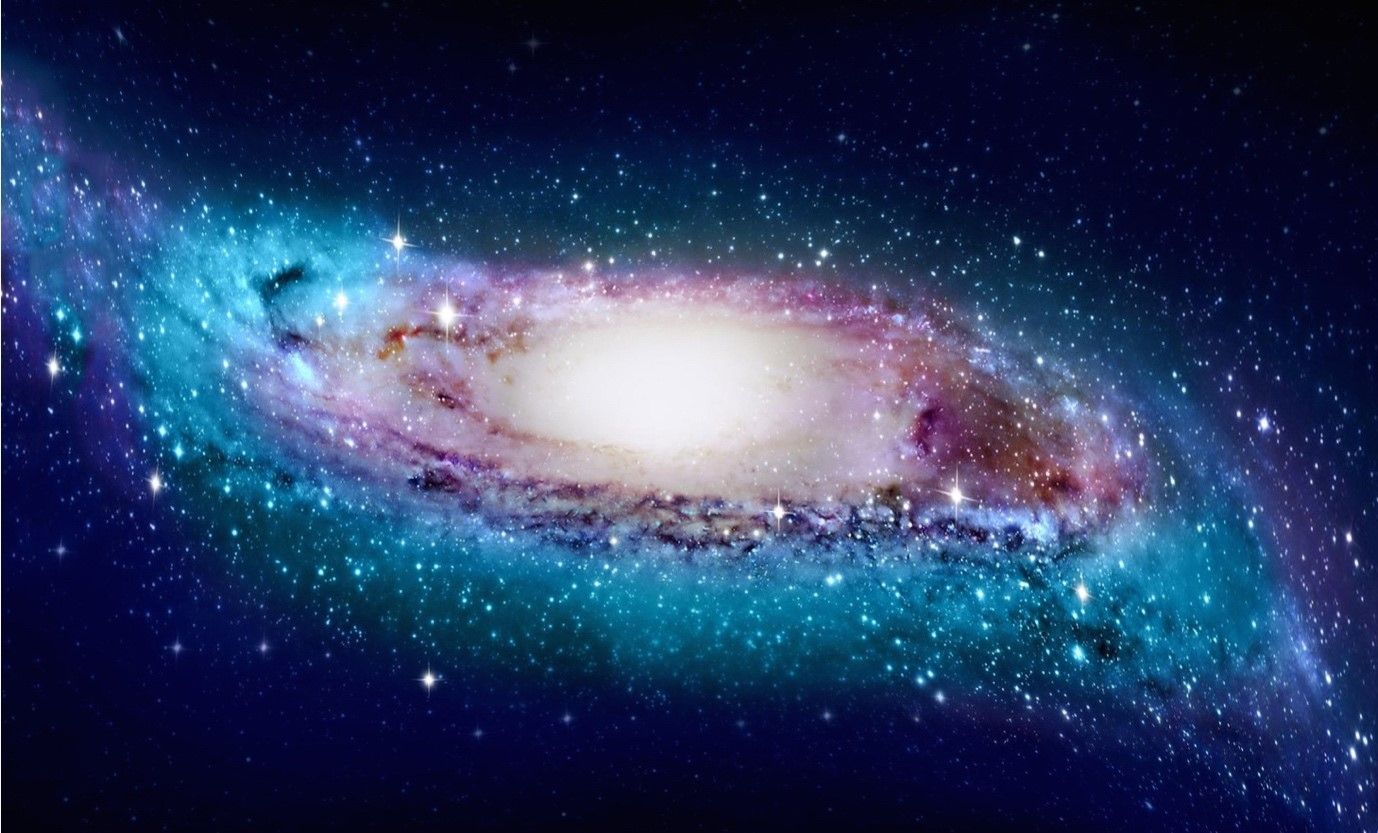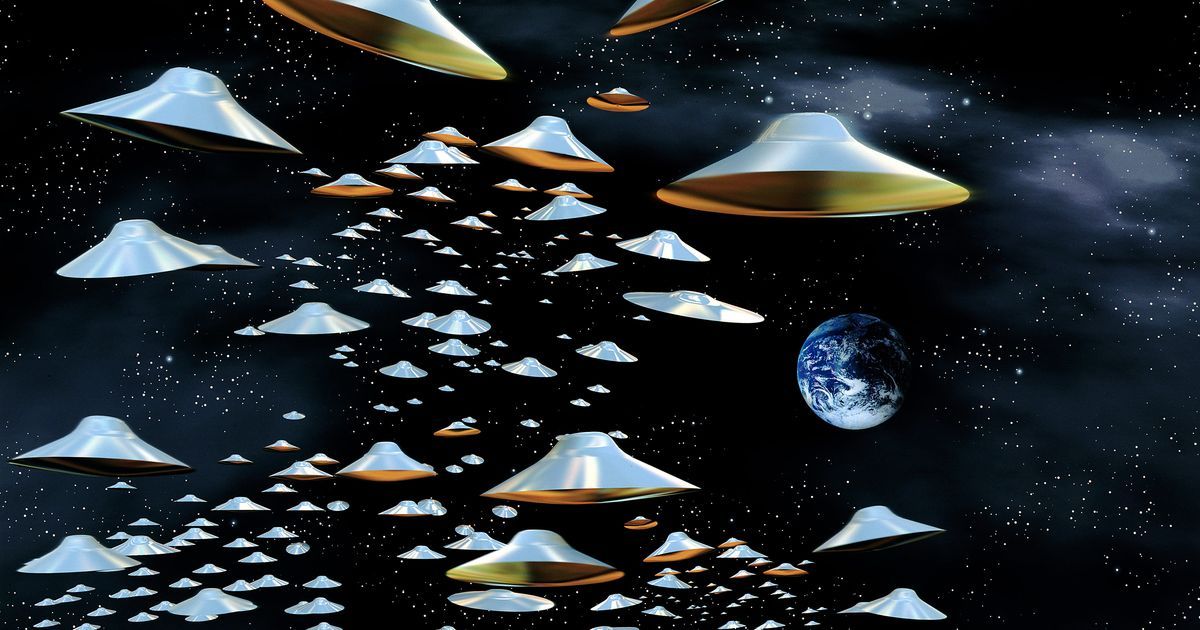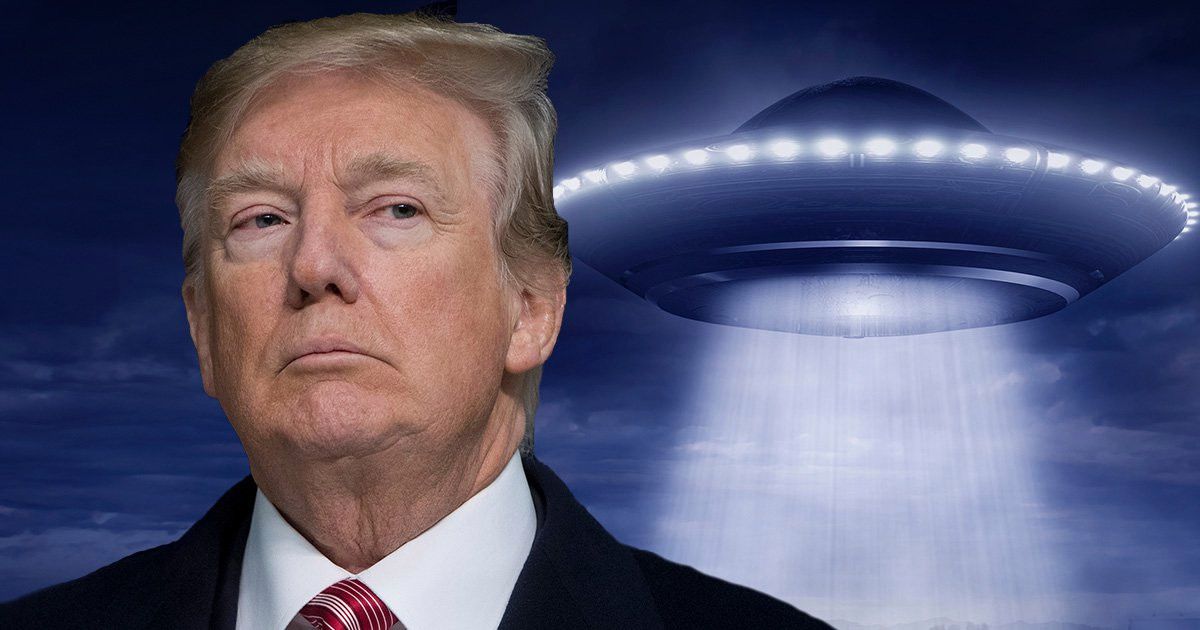Famed Puerto Rico Telescope to Close
Article by the Associated Press November 20, 2020 (nypost.com)
• On November 19th, the National Science Foundation (NSF) announced that it will close the renowned Arecibo Observatory in Puerto Rico (pictured above), in a blow to astronomers worldwide who depend on it to search for planets, asteroids and extraterrestrial life. The independent, federally funded agency said it’s too dangerous to keep operating the single dish radio telescope after the significant damage it sustained in August when an auxiliary cable broke and tore a 100-foot hole in the reflector dish and damaged the dome above it. Then on November 6th, one of the telescope’s main steel cables snapped, leading officials to warn that the entire structure could collapse.
• Ralph Gaume, director of NSF’s Division of Astronomical Sciences, said, “The telescope is currently at serious risk of unexpected, uncontrolled collapse. Even attempts at stabilization or testing the cables could result in accelerating the catastrophic failure.” “This decision is not an easy one for NSF to make, but the safety of people is our number one priority,” said Sean Jones, the agency’s assistant director for the Mathematical and Physical Sciences Directorate. “We understand how much Arecibo means to this community and to Puerto Rico.” “[But] we have found no path forward to allow us to do so safely.”
• The 1,000-foot-wide Arecibo Observatory telescope was built in the 1960s with money from the Defense Department amid a push to develop anti-ballistic missile defenses. It has endured hurricanes, humidity, and a string of strong earthquakes. The world’s largest radio telescope (until the Chinas’ FAST telescope went operational in 2016), it was featured in the Jodie Foster film “Contact” and the James Bond movie “GoldenEye.” In recent years, the NSF-owned facility has been managed by the University of Central Florida.
• Officials suspect a manufacturing error is to blame for the auxiliary cable that snapped after a socket failed. But they were surprised when a main cable broke about three months later given that it was supporting only about 60 percent of its capacity. “It was identified as an issue that needed to be addressed, but it wasn’t seen as an immediate threat,” said Ashley Zauderer, program officer for Arecibo Observatory at NSF.
• Scientists worldwide have used the telescope to track asteroids on a path to Earth, and to conduct research into habitable planets that led to a Nobel Prize. Pennsylvania State University astronomer and professor Alex Wolszczan, who worked at the observatory in the ’80s and early ’90s, called this a “sadly emotional moment”.
• More than 250 scientists have used the telescope, but it is also considered one of Puerto Rico’s main tourist attractions, drawing some 90,000 visitors a year. The observatory has long served as a training ground for hundreds of graduate students. Universities Space Research Association scientist at the Lunar and Planetary Institute in Texas, Edgard Rivera-Valentín described the Arecibo telescope as “beyond an icon.” Professor Wolszczan noted that many scientists are still working on projects based on observations and data taken from the observatory. “The process of saying goodbye to Arecibo will certainly take some years.”

SAN JUAN, Puerto Rico — The National Science Foundation announced  Thursday that it will close the huge telescope at the renowned Arecibo Observatory in Puerto Rico in a blow to scientists worldwide who depend on it to search for planets, asteroids and extraterrestrial life.
Thursday that it will close the huge telescope at the renowned Arecibo Observatory in Puerto Rico in a blow to scientists worldwide who depend on it to search for planets, asteroids and extraterrestrial life.
The independent, federally funded agency said it’s too dangerous to keep operating the single dish radio telescope — one of the world’s largest — given the significant damage it recently sustained. An auxiliary cable broke in August and tore a 100-foot hole in the reflector dish and damaged the dome above it. Then on Nov. 6, one of  the telescope’s main steel cables snapped, leading officials to warn that the entire structure could collapse.
the telescope’s main steel cables snapped, leading officials to warn that the entire structure could collapse.
NSF officials noted that even if crews were to repair all the damage, engineers found that

the structure would still be unstable in the long term.
“This decision is not an easy one for NSF to make, but the safety of people is our number one priority,” said Sean Jones, the agency’s assistant director for the Mathematical and Physical Sciences Directorate. “We understand how much Arecibo means to this community and to Puerto Rico.”
He said the goal was to preserve the telescope without placing people at risk, but, “we have found no path forward to allow us to do so safely.”

The telescope was built in the 1960s with money from the Defense Department amid a push to develop anti-ballistic missile defenses. In its 57 years of operation, it endured hurricanes, endless humidity and a recent string of strong earthquakes.
The telescope boasts a 1,000-foot-wide (305-meter-wide) dish featured in the Jodie Foster film “Contact” and the James Bond movie “GoldenEye.” Scientists worldwide have used the dish along with the 900-ton platform hanging 450 feet above it to track asteroids on a path to Earth, conduct research that led to a Nobel Prize and determine if a planet is potentially habitable.
In recent years, the NSF-owned facility has been managed by the University of Central Florida.
Alex Wolszczan, a Polish-born astronomer and professor at Pennsylvania State University who helped discover the first extrasolar and pulsar planets, told The Associated Press that while the news wasn’t surprising, it was disappointing. He worked at the telescope in the 1980s and early 1990s.
“I was hoping against hope that they would come up with some kind of solution to keep it open,” he said. “For a person who has had a lot of his scientific life associated with that telescope, this is a rather interesting and sadly emotional moment.”
1:38 minute video of the Arecibo Telescope collapse (‘ABC News’ YouTube)
FAIR USE NOTICE: This page contains copyrighted material the use of which has not been specifically authorized by the copyright owner. ExoNews.org distributes this material for the purpose of news reporting, educational research, comment and criticism, constituting Fair Use under 17 U.S.C § 107. Please contact the Editor at ExoNews with any copyright issue.

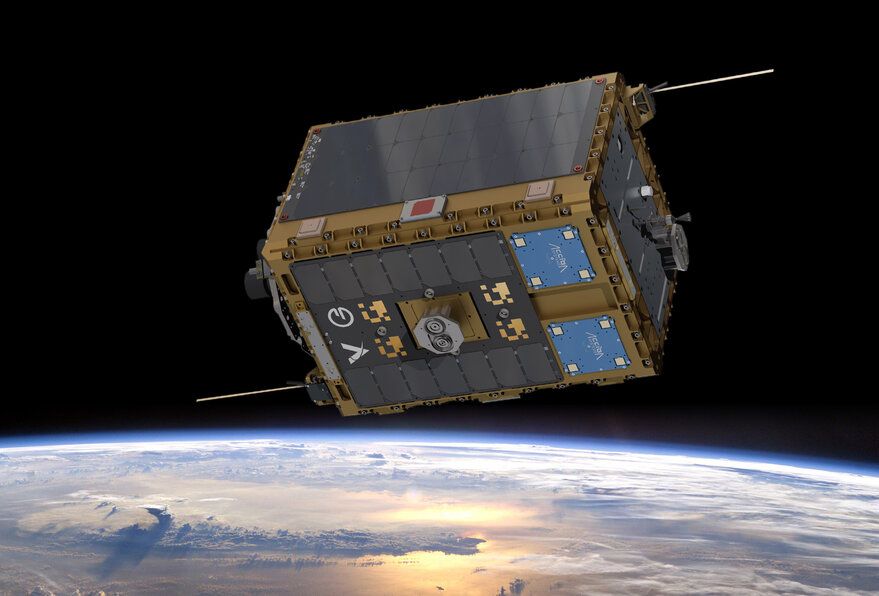

 company’s first operational fuel depot to orbit. Tanker 001 Tenzing, which will provide fuel for the fast growing in-orbit servicing industry, is expected to launch aboard a SpaceX Falcon 9 no earlier than in June 2021.
company’s first operational fuel depot to orbit. Tanker 001 Tenzing, which will provide fuel for the fast growing in-orbit servicing industry, is expected to launch aboard a SpaceX Falcon 9 no earlier than in June 2021.
 is one of several payloads to launch on a Spaceflight Sherpa orbital transfer vehicle, which is capable of executing multiple deployments. Spaceflight’s first OTV, Sherpa-FX, is scheduled to debut no earlier than December 2020 on a SpaceX rideshare mission and provides independent and detailed deployment telemetry, and flexible interfaces, all at a low cost.
is one of several payloads to launch on a Spaceflight Sherpa orbital transfer vehicle, which is capable of executing multiple deployments. Spaceflight’s first OTV, Sherpa-FX, is scheduled to debut no earlier than December 2020 on a SpaceX rideshare mission and provides independent and detailed deployment telemetry, and flexible interfaces, all at a low cost.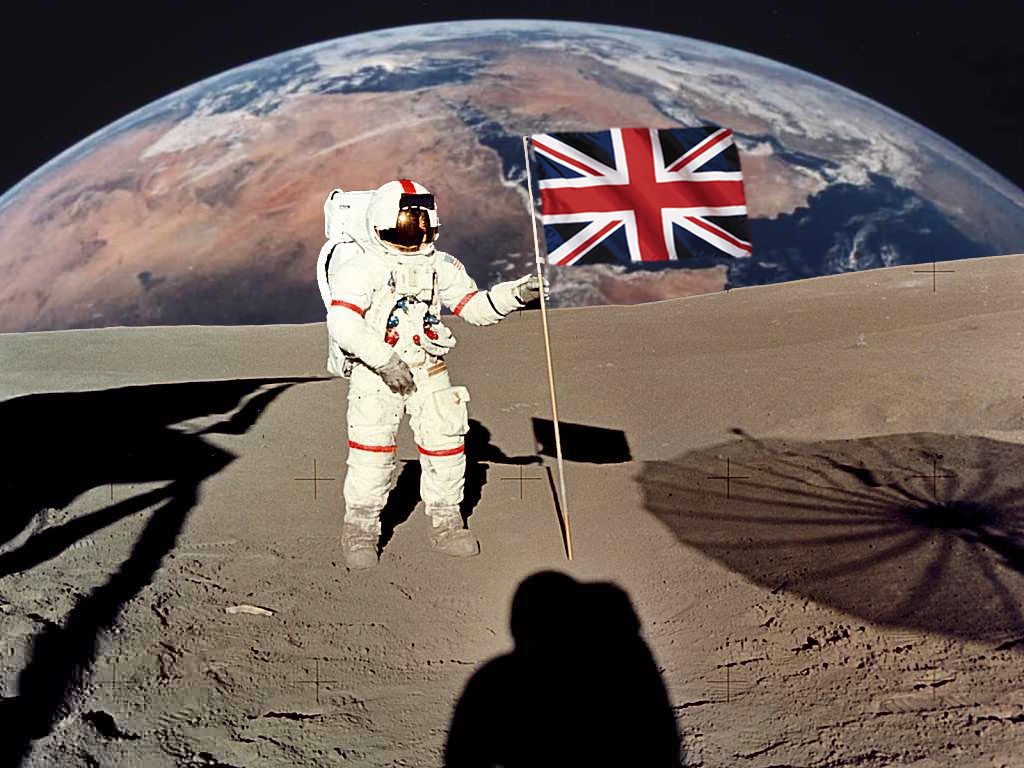












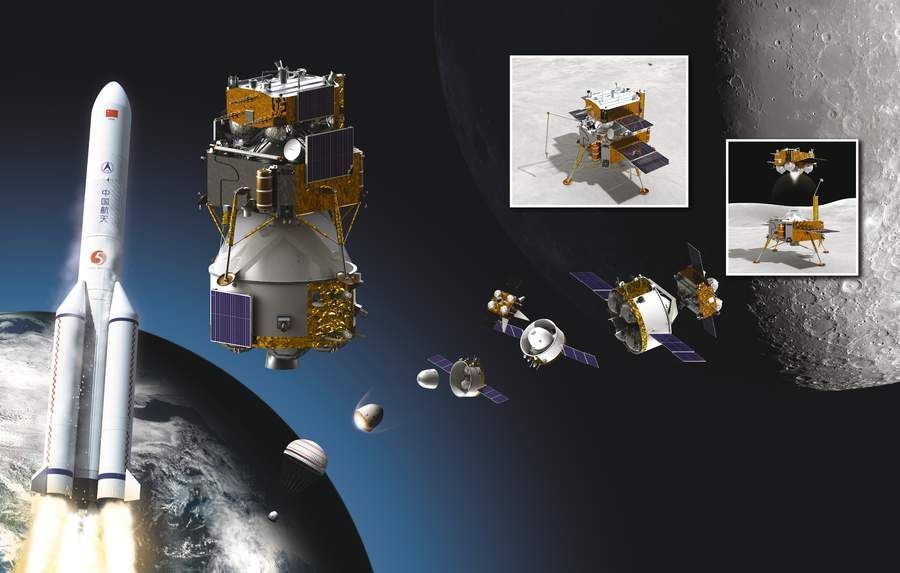

 arrive in lunar orbit around Nov. 28, then send two of its four modules — a lander and an ascent vehicle — to the lunar surface a day or so later. (Chinese officials have been characteristically vague about Chang’e 5’s details, so timeline information has been pieced together from various sources by China space watchers like Space News’ Andrew Jones, who also provides articles for Space.com.)
arrive in lunar orbit around Nov. 28, then send two of its four modules — a lander and an ascent vehicle — to the lunar surface a day or so later. (Chinese officials have been characteristically vague about Chang’e 5’s details, so timeline information has been pieced together from various sources by China space watchers like Space News’ Andrew Jones, who also provides articles for Space.com.)


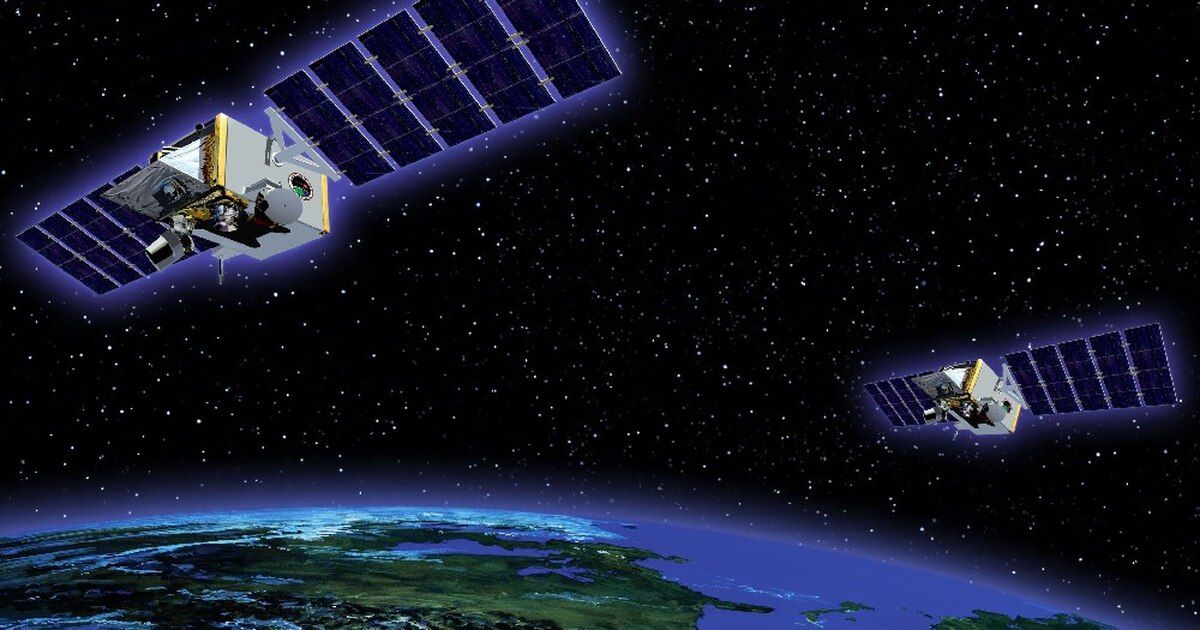




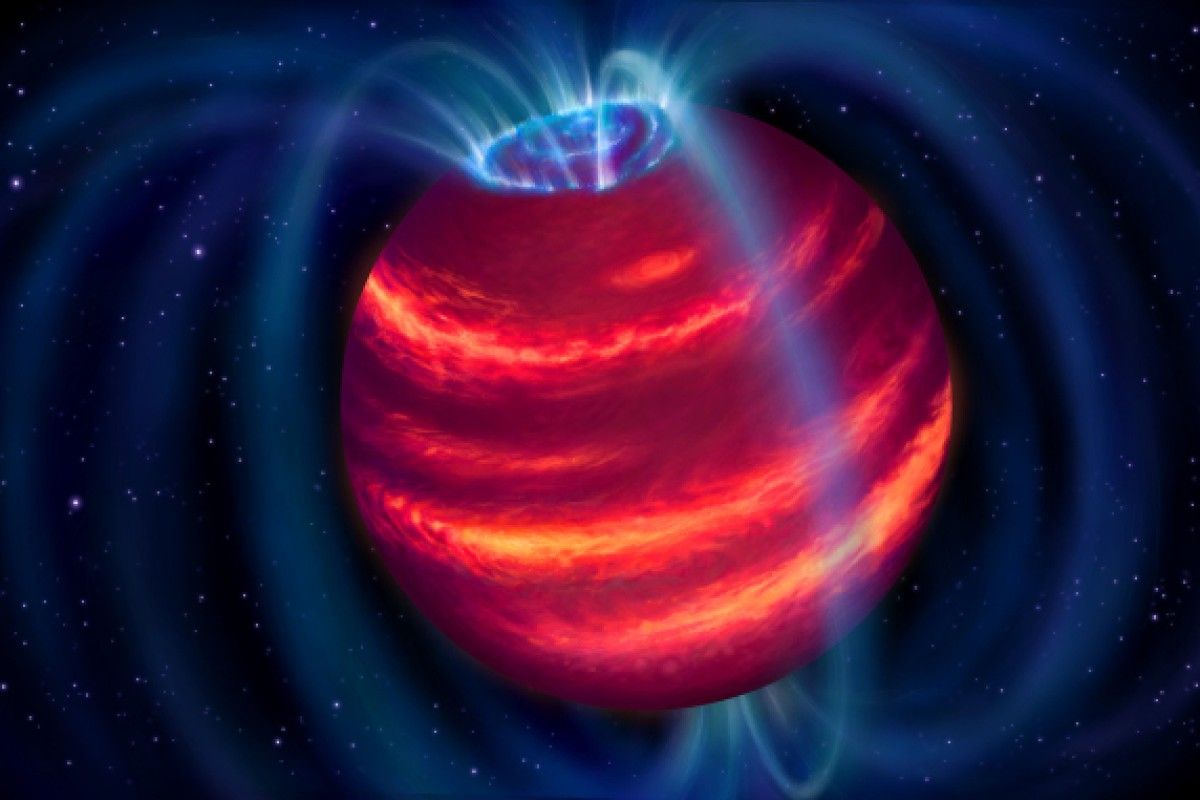
 Radioactive sludge is probably the last place you would expect to find life (except maybe the Toxic Avenger), but if you’re looking for signs of extraterrestrial life, seek out planets with radioactive elements beneath the surface.
Radioactive sludge is probably the last place you would expect to find life (except maybe the Toxic Avenger), but if you’re looking for signs of extraterrestrial life, seek out planets with radioactive elements beneath the surface.









 Donald Trump set bold goals for space exploration during his time in office – from crewed missions to the Moon and Mars to a Space Force. By contrast, his successor Joe Biden has been relatively quiet on space policy. So how is space exploration likely to change going forward?
Donald Trump set bold goals for space exploration during his time in office – from crewed missions to the Moon and Mars to a Space Force. By contrast, his successor Joe Biden has been relatively quiet on space policy. So how is space exploration likely to change going forward?
 During the Trump administration, NASA also committed to the return of astronauts to the Moon in 2024 under the Artemis program. This is due for its first test launch (uncrewed) next year with Artemis-1. This builds on the Constellation program which was implemented by Republican president George W Bush in 2005 but was subsequently cancelled by Democratic president Barack Obama due to its high cost and difficulty.
During the Trump administration, NASA also committed to the return of astronauts to the Moon in 2024 under the Artemis program. This is due for its first test launch (uncrewed) next year with Artemis-1. This builds on the Constellation program which was implemented by Republican president George W Bush in 2005 but was subsequently cancelled by Democratic president Barack Obama due to its high cost and difficulty.

 In his groundbreaking 1997 book — The Day After Roswell — Col. Philip J. Corso claims that during his service he distributed to corporations foreign technology which was actually extraterrestrial in origin.
In his groundbreaking 1997 book — The Day After Roswell — Col. Philip J. Corso claims that during his service he distributed to corporations foreign technology which was actually extraterrestrial in origin.

 frequency processing microchip that could give the Pentagon the ability to reduce the processing time for radar, electronic warfare and 5G communication applications, National Defense reported.
frequency processing microchip that could give the Pentagon the ability to reduce the processing time for radar, electronic warfare and 5G communication applications, National Defense reported.



 A documentary has attempted to shine new light on the infamous Rendlesham Forest incident from 1980, involving UFOs and nuclear weapons.
A documentary has attempted to shine new light on the infamous Rendlesham Forest incident from 1980, involving UFOs and nuclear weapons.




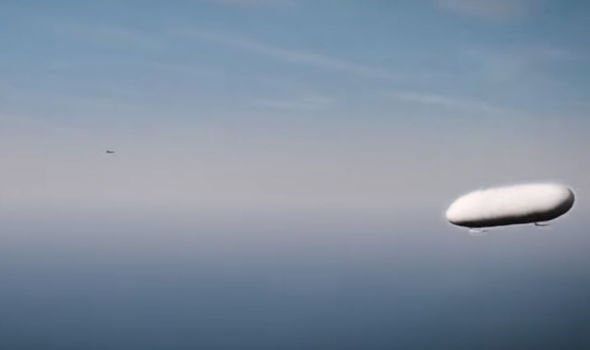
 This month, mysterious lights startled some people looking to the skies in Milwaukee, Wisconsin. Readers of this
This month, mysterious lights startled some people looking to the skies in Milwaukee, Wisconsin. Readers of this

